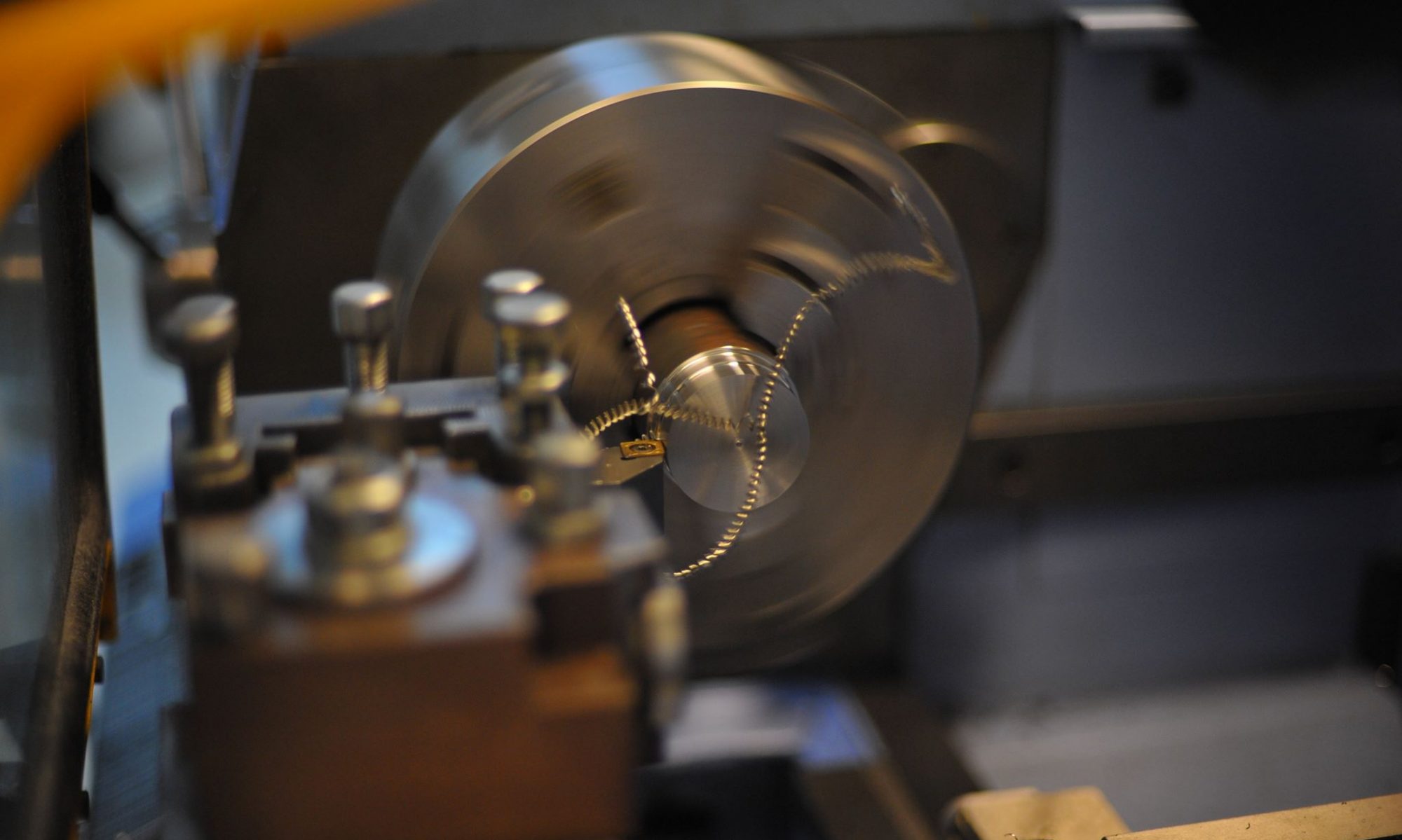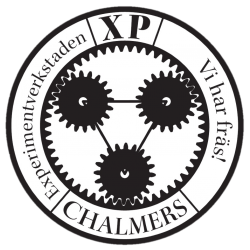LASER SETTINGS
Below you will find the different settings available in the graphical interface of the laser cutter and a shorter description of what they do. The different tabs here are the same menus that are available in Illustrator's print settings.
-
- Black & White-Converts all colored fields to grayscale, which lends itself well if you want to engrave images.
- Manual Color Fill-allows laser-specific settings to be done manually for each color.
- 3D Mode-Special mode that allows relief-like engraving.
- Stamp Mode-Similar special mode as 3D Mode fixed for stamps.
- Raster & Stamp-Special mode that allows both stamp and rasterization like Black & White
DPI-Specifies the resolution of the engraved areas. Higher DPI provides increased resolution but takes more time and increases the temperature of the material. These settings do not affect the cutting lines (vectors).
Mirror-Mirrors the image.
Invert-inverts the color of the image.
Print Immediately-Starts the program as soon as the laser cutter has received the file. NOT recommended.
SmartACT-can reduce the working time by reducing unnecessary lens movements, but reduces the quality.
Speed-Selects the lens house speed. Higher speed usually leads to shorter working hours. This is usually low ( < 2.5)="" vid="" skärning="" och="" hög="" (=""> 50) when engraving but it depends on the material.
Power-Sets the energy in each laser pulse. This should be high when cutting (> 70).
PPI (Point Per Inch)-Changes the number of laser pulses Per inch and affects only cutting lines (vectors). If the PPI is low, the material is perforated, like the edge of the stamps. When PPIn is high, the dots overlap, leading to a higher temperature in the material. If the slider is pulled all the way to the right, the number is changed to X, which means that the laser gives a steady beam instead of pulsing. This produces very high temperatures when the lens head changes direction, and is therefore not recommended.
Breaks-cleared if all rasterizations in this color should be ignored.
Vector-Unselects all cutting lines/vectors to ignore.
Air-Activates the laser cutter's built-in compressor, and blows compressed air at the cutting point. This should always be activated when cutting.
Auto Focus-Used if you want to use the Defocus function or want to focus for each selected color. This requires the electronic focus pin to be placed in the lens head throughout the process, which is not recommended.
Defocus-Changes the lens house focus point to the selected offset. To use this function, the electronic focus point must be seated in the lens housing throughout the process (see autofocus).
Bridge Cutting-leaves bridges in parts where the laser inserts, preventing parts from falling apart.
Repeat-Indicates how many times you want the laser cutter to repeat the operations you have set for each color. Is good if you use materials that easily melt or start burning, and if you want to cut in thicker materials.
Scaling-Used if the sizes displayed on the computer do not become the size of the finished part.
Position Mode-Determines how the coordinate system relates to the document
-
-
- Home-means that the work is performed in the same location as it appears in the document. The upper left corner of the document becomes the upper left corner of the laser cutter.
- Without Home – same as Home but where the lens head stays in where it ends engrave/cut.
- Relative-places the work so that the upper-left corner of the document is placed where the lens house pointer is when the application starts. You choose Origo by manually moving the lens head before starting.
- Center-places the center of the illustration at the lens house position before start.
-
- SmartCenter-Special mode, which allows the machine to compute the center of the workpiece based on two or four dots. With this mode enabled, press F3 (SP) to get to the settings to save points. Points are saved with F4 (set) and the lens housing moves to the center of these points automatically
- Use Start Point-Sets an offset in millimeters.
-
Image output Direction-determines which direction the laser will engrave
-
- Top To Bottom-gravers from top To Bottom
- Bottom To Top-gravedifies from bottom To top. This usually gives the best results, especially at the engraving of substances that can melt.
Drilling-Not available for Illustrator.
Vector function-affects how vectors are handled
-
- Normal-treats vectors as usual
- All breaks-ignores all vectors
- Inside Out cutting-changes the order in which the vectors are cut so that cut shapes inside other encircled cutting lines are processed first. This is good for preventing minor details from moving before they are processed clearly.
- Cutting Path optimization-minimizes working time.
- Decal cutting-???
Cluster
-
- Use Cluster-divides the work into parts specified with a distance so that different areas are worked one at a time. This can reduce working hours.
Enhanced Vector Mode-Hales the lens house speed. This can be used, for example, to check the depth of cut more precisely.
True Image-Every fourth rasterized line is engraved and the entire image is engraved in four passages. This is good if you want to let the material cool down between the passages, which gives, for example, a frosty effect when you are engraved certain plastics.
Image tuning-compensates for the time required for the laser to be activated. This should usually be set to-5, but may need to be changed if the laser cutter has been re-calibrated or if skip white or smartACT is enabled.
Contrast-affects the contrast of the gray scales. This is best adjusted directly in the original image.
Half Tone-Different methods to treat gray scales for engraving. Whichever suits best depends on the image and material and is tested with advantage.
-
- Dithering
-
- Dithering Matrix-Specifies the resolution of the gray scale to be used. Maximum is 8×8, ie 64 distinct intensities.
- Dot
- Bayer
- Corner
- 45-degree
- Enhanced Dithering-Increases the resolution.
-
- Error Diffusion
-
- Floyd
- Stucki
- Jarvis
-
- Dithering
This menu is only active if the Stamp or Raster & Stamp is selected in the Options

